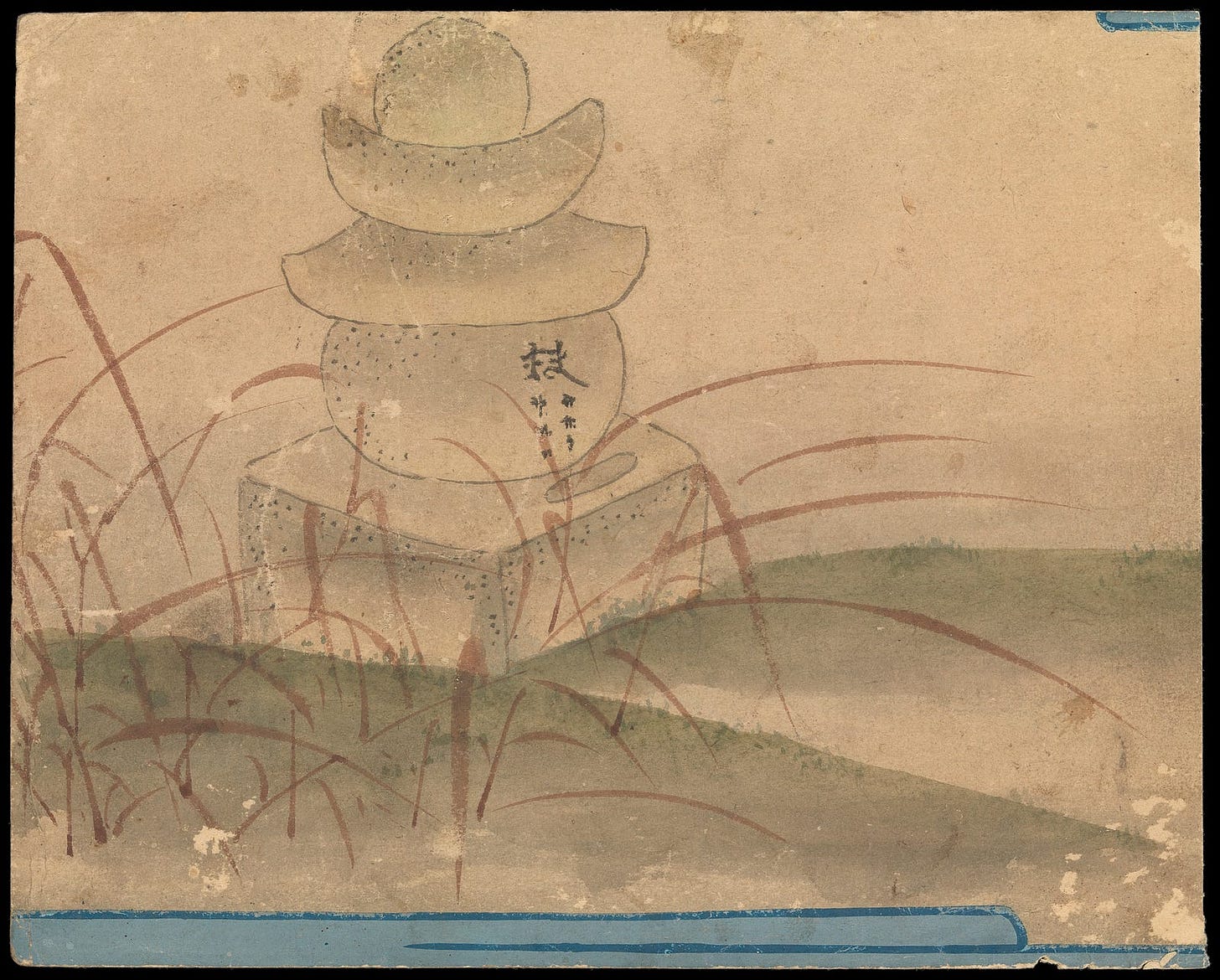Nowadays, Buddhist teachings are known around the world. We are familiar with the concept of ending suffering through awakening, being compassionate towards all living beings, and reincarnation. As a result, we are used to seeing Buddhism in a positive light.
However, there is a darker side to Buddhism often not discussed in the West, one of war, political intrigue, and strange practices. But even these dimensions can have a positive side. This is especially true of some (strange) meditation practices that concern the relationship of Buddhism to death, or more specifically, the relationship of Buddhists to the bodies of the dead.
We know that Buddha began his own spiritual journey through three encounters: an old man, a sick man, and a dead man. Thanks to these three encounters, he became convinced that life is suffering and that one should escape the cycle of death and reincarnation.
This raises a question. Would such encounters convince you that life is about suffering? I am not sure it would convince me, and I’m probably not the only one. In fact, there are contemplative techniques in Buddhism to convince or protect monks in their conclusion that death is suffering. One of these may be disturbing, since it involves looking at dead bodies in various stages of decay.
In the following article, I will give some explanations about this unusual contemplative practice in Buddhist culture. Then, I will introduce a contemporary Japanese artist who reinterprets this theme in a feminist and humanist way: Matsui Fuyuko (松井冬子).
Keep reading with a 7-day free trial
Subscribe to Philosophy and Beyond to keep reading this post and get 7 days of free access to the full post archives.




